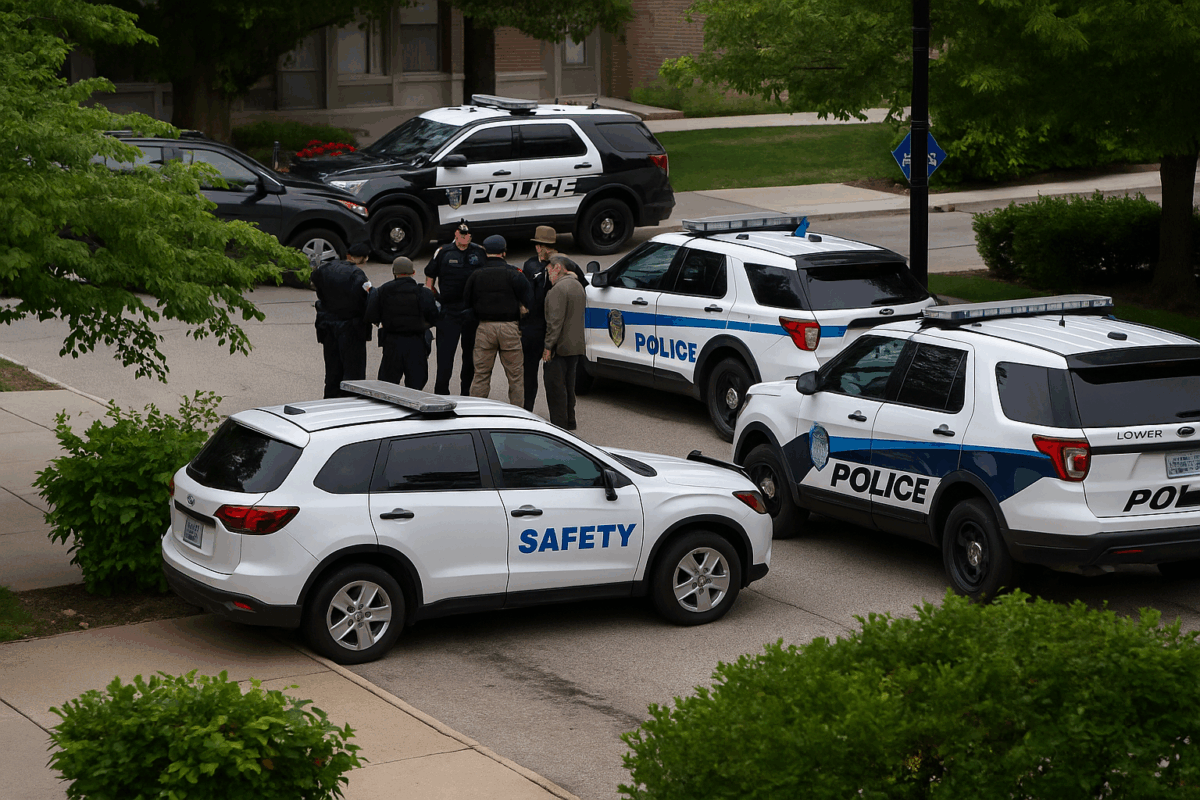In the opening weeks of the new school year, universities across the United States have been shaken by a disturbing trend: a wave of active shooter hoaxes that has left students terrified and campuses in chaos. Messages sent through text alerts and phone calls triggered immediate panic, forcing students to barricade themselves in bathrooms, hide under desks, and flee classrooms, fearing the worst.
According to CNN, these terrifying messages created the impression of imminent danger, prompting law enforcement to respond with urgency. Police cars swarmed campuses, heavily armed officers secured perimeters, and university staff attempted to calm frightened students. While no actual shooter was present in these incidents, the psychological toll has been enormous.
Authorities say these hoaxes are not isolated. Instead, they are part of a broader pattern that has spread across multiple states. The timing is especially troubling, as many colleges are just beginning their fall semesters, a period already filled with stress and adjustment for students. The false alarms disrupt learning, damage trust in emergency alert systems, and raise troubling questions about how campuses can protect students in an era when mass shootings are a very real threat in America.
For many students, the emotional impact of these hoaxes feels no different from a genuine emergency. “The moment you hear ‘active shooter,’ your heart drops,” one student explained. “Even if it turns out to be false, the fear stays with you.” Mental health professionals warn that repeated exposure to such scares can contribute to long-term anxiety, depression, and trauma among young people.
Campus safety experts argue that universities need stronger verification systems before emergency alerts are broadcast, but balancing speed and accuracy remains a challenge. In real life-or-death situations, every second counts. Officials also highlight that hoax callers often use technology to hide their identities, making it difficult for investigators to track them down.
The wave of false alerts comes against the backdrop of ongoing debates about gun violence and security in the United States. With the memory of recent campus shootings still fresh, the line between a hoax and reality is disturbingly thin. For parents, students, and faculty alike, each alert sparks the same urgent question: Is this the real thing?
As investigations continue, law enforcement agencies are working to identify those behind the false calls. In the meantime, universities are urging students to remain vigilant but also to seek support if they are struggling with fear and anxiety.
The incidents serve as a chilling reminder that even in the absence of actual gunfire, the shadow of gun violence looms large over American education


